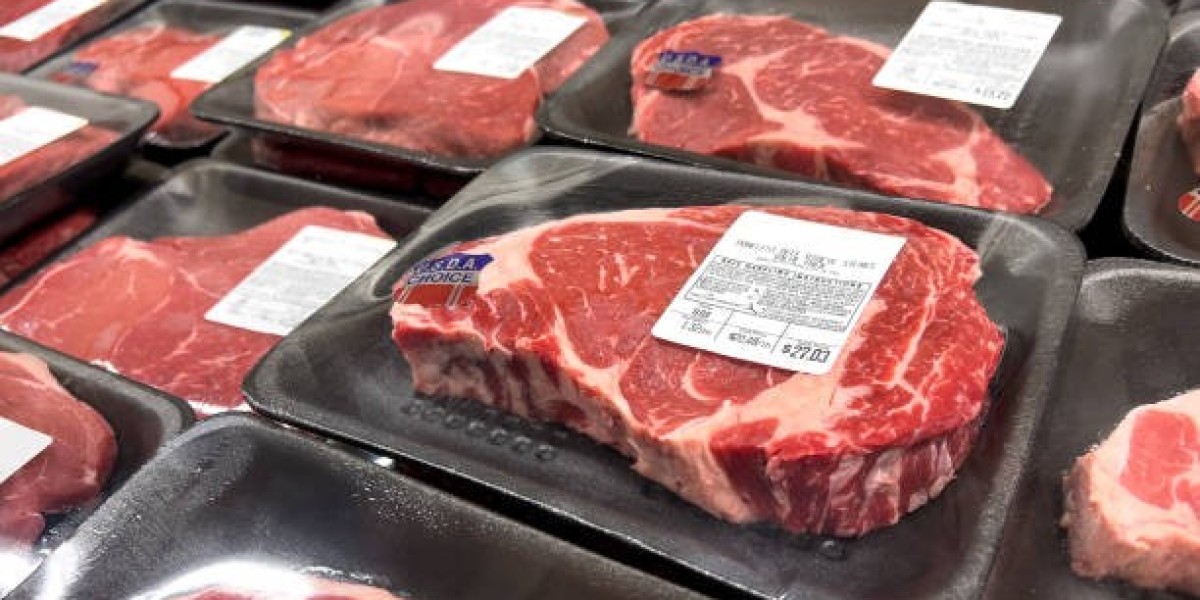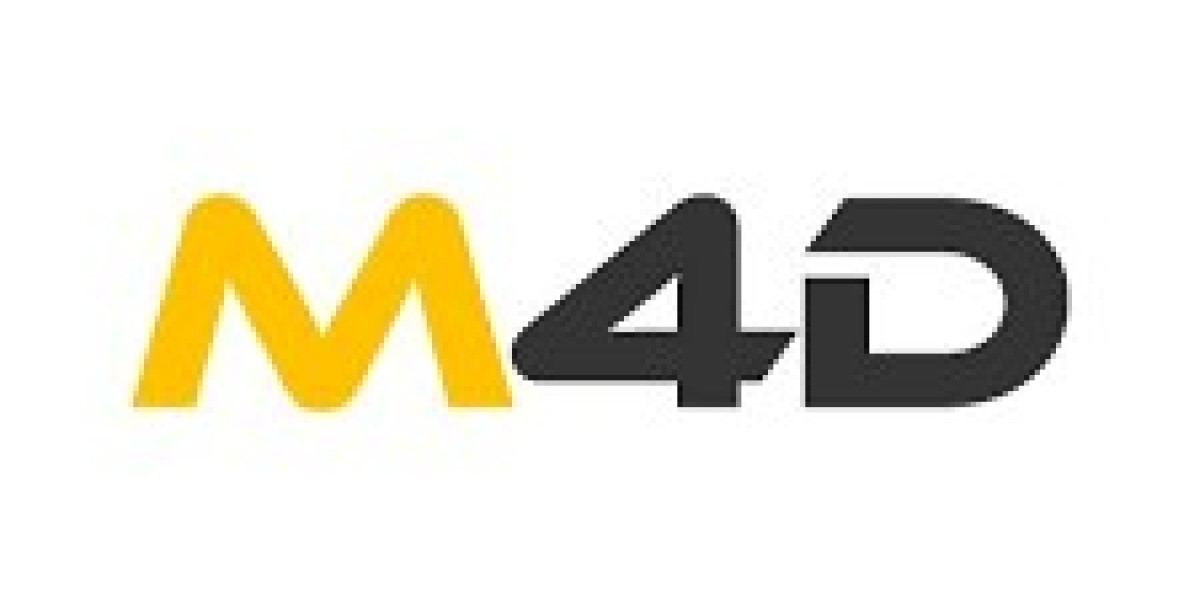The meat packaging industry has evolved dramatically over the past few decades, becoming a critical segment in the global food sector. With the increasing demand for fresh, frozen, and processed meat products, the meat packaging market has seen substantial growth. The market potential of meat packaging is shaped by various factors such as technological advancements, consumer preferences, sustainability concerns, and regulatory influences. In this article, we will explore the current trends and factors driving the expansion of the meat packaging industry and highlight the growing opportunities for businesses within this sector.
1. Technological Innovations Driving Growth
Technological advancements are a significant factor in the growth of the meat packaging market. Modern packaging technologies, such as vacuum sealing, modified atmosphere packaging (MAP), and active packaging systems, have revolutionized the way meat products are preserved and transported. Vacuum sealing, for instance, removes air from the packaging, extending the shelf life of meat products and preventing spoilage. Modified atmosphere packaging alters the atmospheric composition inside the packaging, keeping meat fresh and enhancing its shelf life without the need for preservatives.
Moreover, intelligent packaging systems are gaining traction in the meat sector. These systems feature sensors that monitor temperature, humidity, and other environmental factors to ensure the product stays fresh throughout the supply chain. With these innovations, the meat packaging market can meet increasing consumer demand for convenience, freshness, and longer shelf life, making it a key driver of industry growth.
2. Sustainability and Eco-friendly Packaging
In recent years, there has been a growing consumer demand for eco-friendly and sustainable packaging solutions. With rising environmental concerns about plastic waste and its impact on the planet, companies are increasingly turning to biodegradable, recyclable, and compostable materials for packaging. The meat packaging industry is no exception, with many leading manufacturers focusing on reducing their environmental footprint.
Biodegradable films made from plant-based materials, such as polylactic acid (PLA), are gaining popularity as an alternative to conventional plastic packaging. These materials are compostable and offer a more sustainable way of preserving meat products. Additionally, companies are also exploring the use of edible packaging, which could potentially reduce packaging waste altogether. With consumers becoming more environmentally conscious, businesses that adopt these sustainable packaging options are likely to benefit from a competitive edge in the market.
3. Changing Consumer Preferences and Health Awareness
Consumer preferences in the meat packaging market are shifting toward healthier and more convenient options. As health awareness increases globally, consumers are opting for leaner meats and products with fewer preservatives or artificial additives. Packaging that reflects these preferences—such as labels indicating product quality, nutritional value, and sourcing information—is becoming a key selling point for meat producers.
Convenience is another factor driving consumer choices in the meat packaging market. With busy lifestyles and a growing demand for ready-to-eat meals, consumers are looking for pre-packaged meat products that are easy to prepare and store. Packaging that offers portion control, easy resealability, and microwave-safe features caters to this need for convenience and enhances product appeal.
4. Regulatory Influence on Meat Packaging Standards
Regulations and standards governing the meat industry play a crucial role in shaping the meat packaging market. Governments around the world have set stringent guidelines to ensure food safety and quality in meat products. These regulations often include requirements for packaging materials, labeling, and storage conditions to prevent contamination and ensure the safety of consumers.
For example, in the European Union, the use of specific packaging materials for meat products is governed by EU regulations that ensure food safety. Similarly, in the United States, the Food and Drug Administration (FDA) and the United States Department of Agriculture (USDA) oversee packaging practices to ensure compliance with health standards. Companies that comply with these regulations build trust with consumers, which helps to strengthen their position in the competitive market.
5. Expansion of E-commerce and Online Meat Sales
The rise of e-commerce has opened new avenues for the meat packaging market, particularly as online grocery shopping continues to grow in popularity. Consumers are increasingly purchasing meat products online, which requires packaging solutions that ensure the product remains fresh during transit. The growth of online meat sales has led to an increased demand for specialized packaging that provides additional protection, such as insulated liners and gel packs to maintain temperature control.
Furthermore, the ability to customize packaging for individual orders, such as portion sizes and packaging types, is a significant opportunity for companies in the meat packaging sector. As more consumers turn to online platforms for their meat purchases, packaging will continue to evolve to meet the logistical challenges of shipping fresh and frozen products to consumers' doorsteps.
Conclusion
The meat packaging market presents numerous opportunities for growth and innovation. Technological advancements, sustainability initiatives, changing consumer preferences, and evolving regulatory requirements are driving the market's potential. As businesses continue to adapt to these trends and challenges, the meat packaging industry will play a pivotal role in ensuring the safe, fresh, and sustainable delivery of meat products to consumers worldwide.



